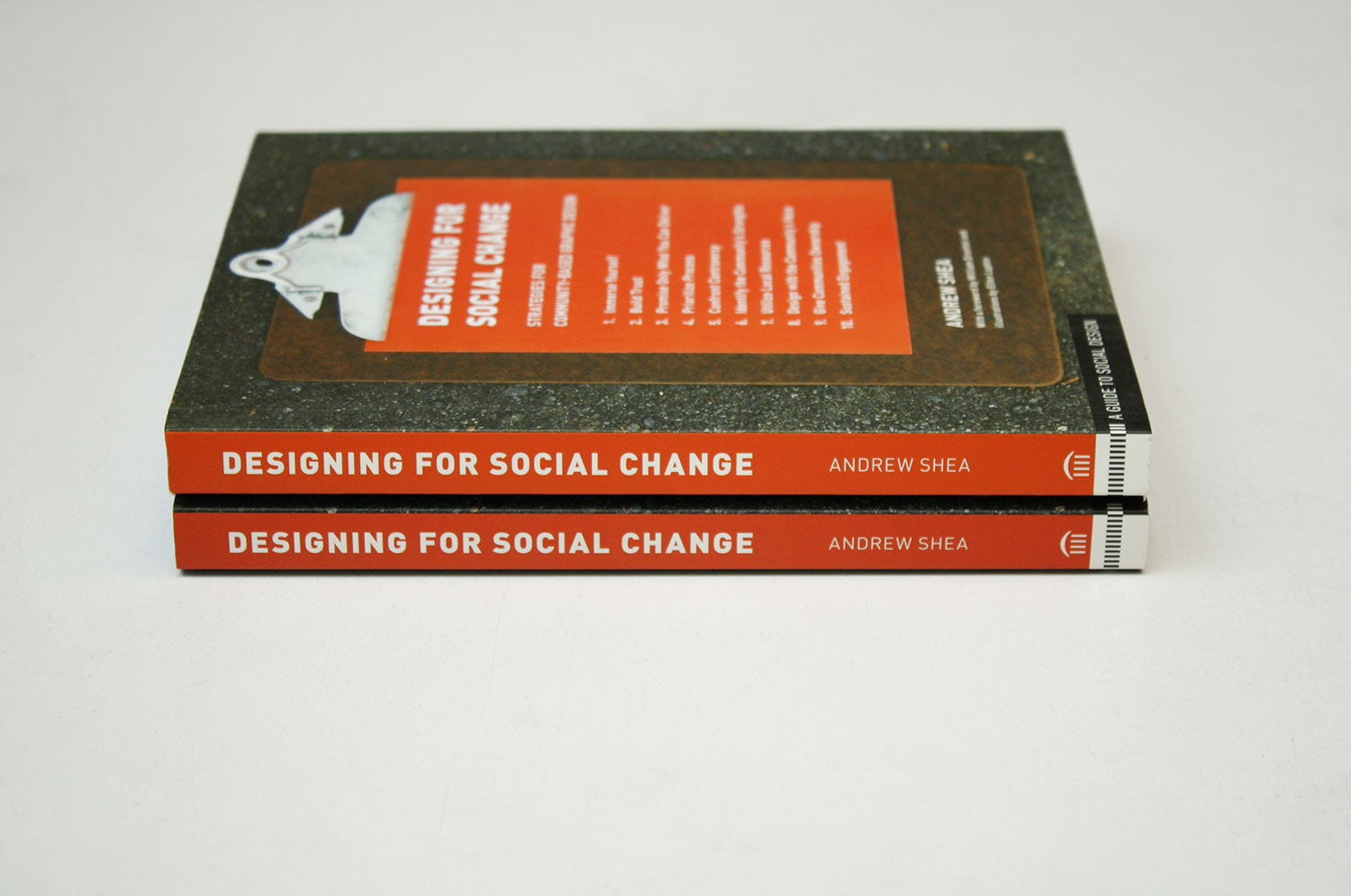It’s never been more of a more exciting time to be a designer. No more limited to just designing in the aesthetics of the product – be it graphic design, product design, packaging, website, or beyond – designers these days are far able to participate in wider activity.
This includes thought, processes, tools, methodologies, skills, histories, systems and so on so forth – to contribute to the needs of a larger society.
Contributing to social design could define a new kind of designer, further including end users and social participants across different disciplines and issues – from poverty alleviation, social injustice, sustainability, healthcare and many others. From the works we do just to serve the customers and clients in daily business, social design expose designers to a wider realm of problem solving – more challenging yet just as, or could be, more satisfying.
Where are you in design?

“YOU ARE PRIVILEGED,” begins the introductory essay of Ruben Pater’s The Politics of Design, in big, shouty caps. “Just reading this sentence makes you part of the 85% of the world population that is literate and the 20% that understands English,” he continues. ”You’ve spent around $15 on this book, which is a price only 20% of people (those earning more than $10 a day) can afford. If you are reading the electronic version, you are among the 40% who have access to the internet. If you bought this book, you probably have a higher education which is only available to a privileged few.”
This week I am intrigued by Ruben Pater’s The Politics of Design, encouraging designers to always locate themselves in intersections of socio-economic, cultural, geographic, sexual, and racial biases with which we all need to interpret design as a whole.
Read more on the article here.
Fighting racial injustice through design
With the changing of times, a designer’s role in social justice movements is no longer relegated to drawing protest posters. Designers can create digital tools and data visualizations that help shape and mobilize a cause. They can use visual communication to connect people across the country, orchestrate action, and inspire policy changes.
Nowhere is this better exemplified than with Black Lives Matter, the civil rights movement born on the Internet to protest police brutality.
Through visual narrative, design and coding workshops, and various initiatives, designers have been lending their expertise to fight racial injustice for the movement. Read more on the report here.
Where do we start?
When it comes to social design, the questions arose are “challenges without obvious answers” – as found out by Andrew Shea during his time at ‘Design for Social Impact’ workshop in June 2008:
How do we capture innovations and replicate them? How do we move from effective programs to sustainable systems? Can we collaborate across the spectrum of design methodologies and genres to generate deeper, larger, longer-lasting solutions? How could such collaborations be organized, funded, and implemented? How could we measure our effectiveness, learn from our failures, and implement metrics for gauging sustained impact? How can we create programs and solutions of a scale commensurate with the scale of the actual problems confronting us?
With this in mind, he developed Designing for Social Change. It is a toolkit of strategies, case studies, and stories, offering new opportunities for approaching social design in our communities.

Importantly, it suggests that collaboration between designers, and across schools and communities, has the potential to generate even more compelling future initiatives — and the potential for deeper design engagements that successfully impact the quality of life in our towns and cities.
If you have ever been involved in social design, what are the challenges you have faced in solving a problem? How have working in a multidisciplinary team help sharpen your skills – both hard and soft – as a designer? Let us know!
 Stampede Design
Stampede Design
